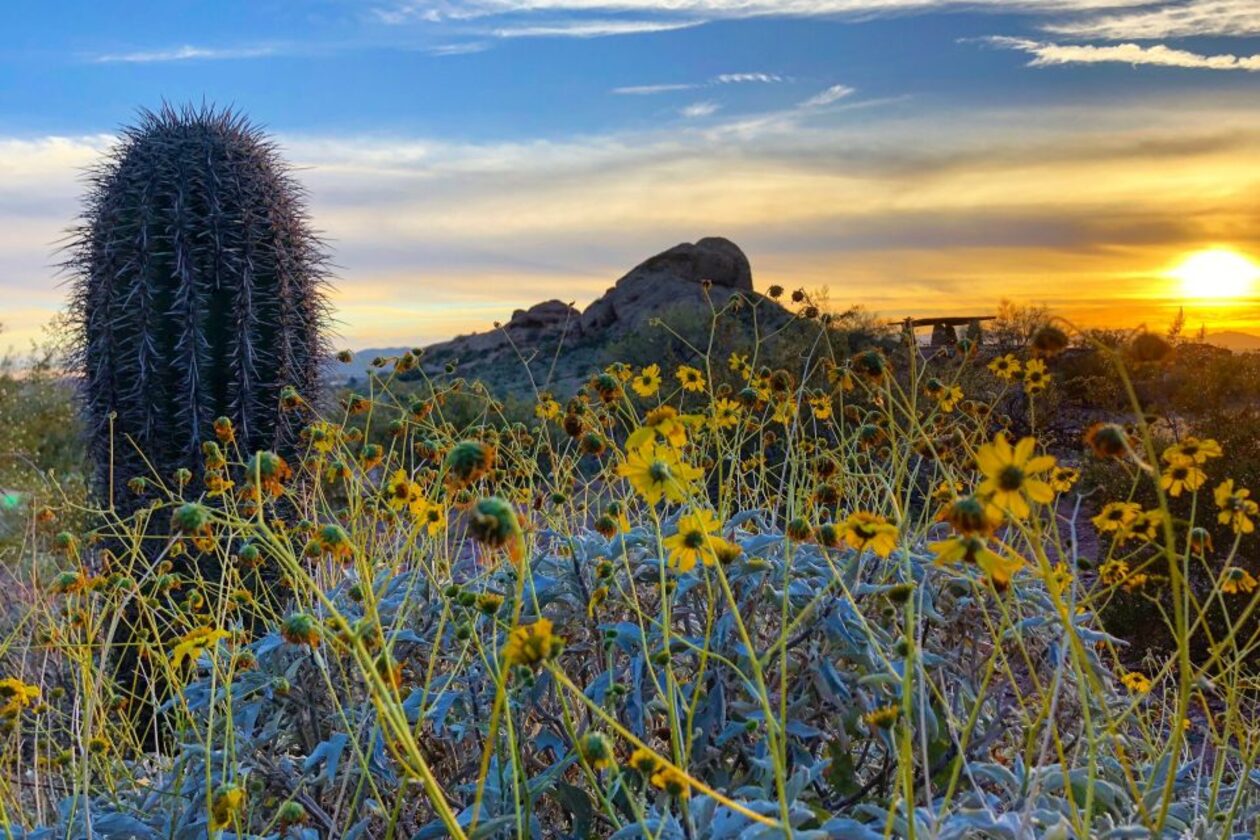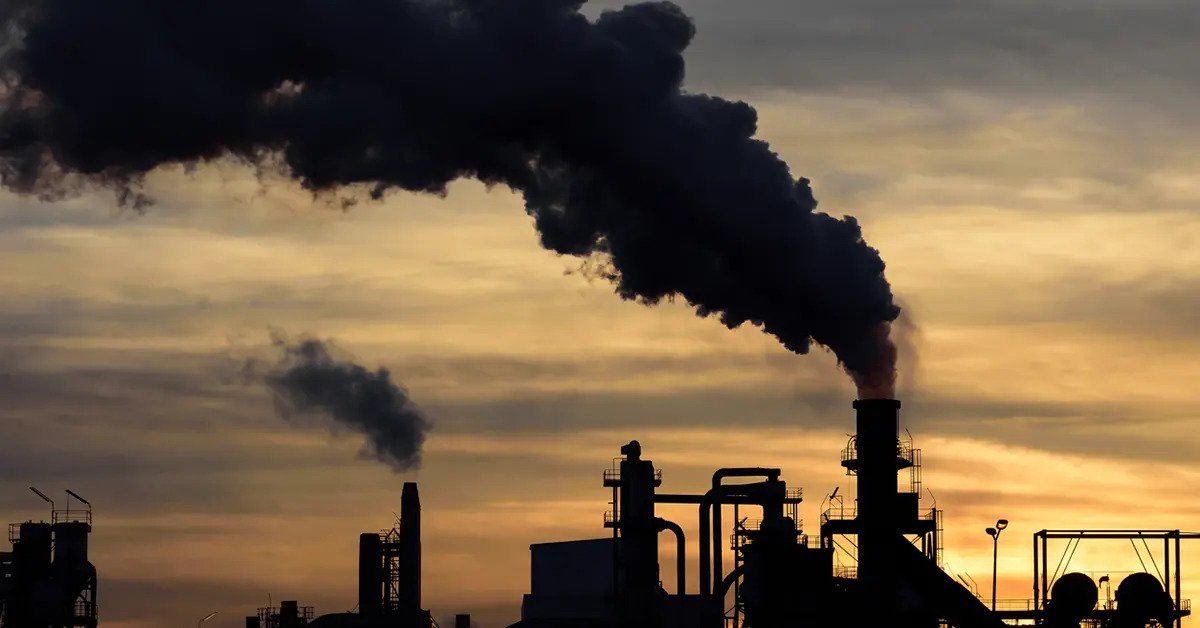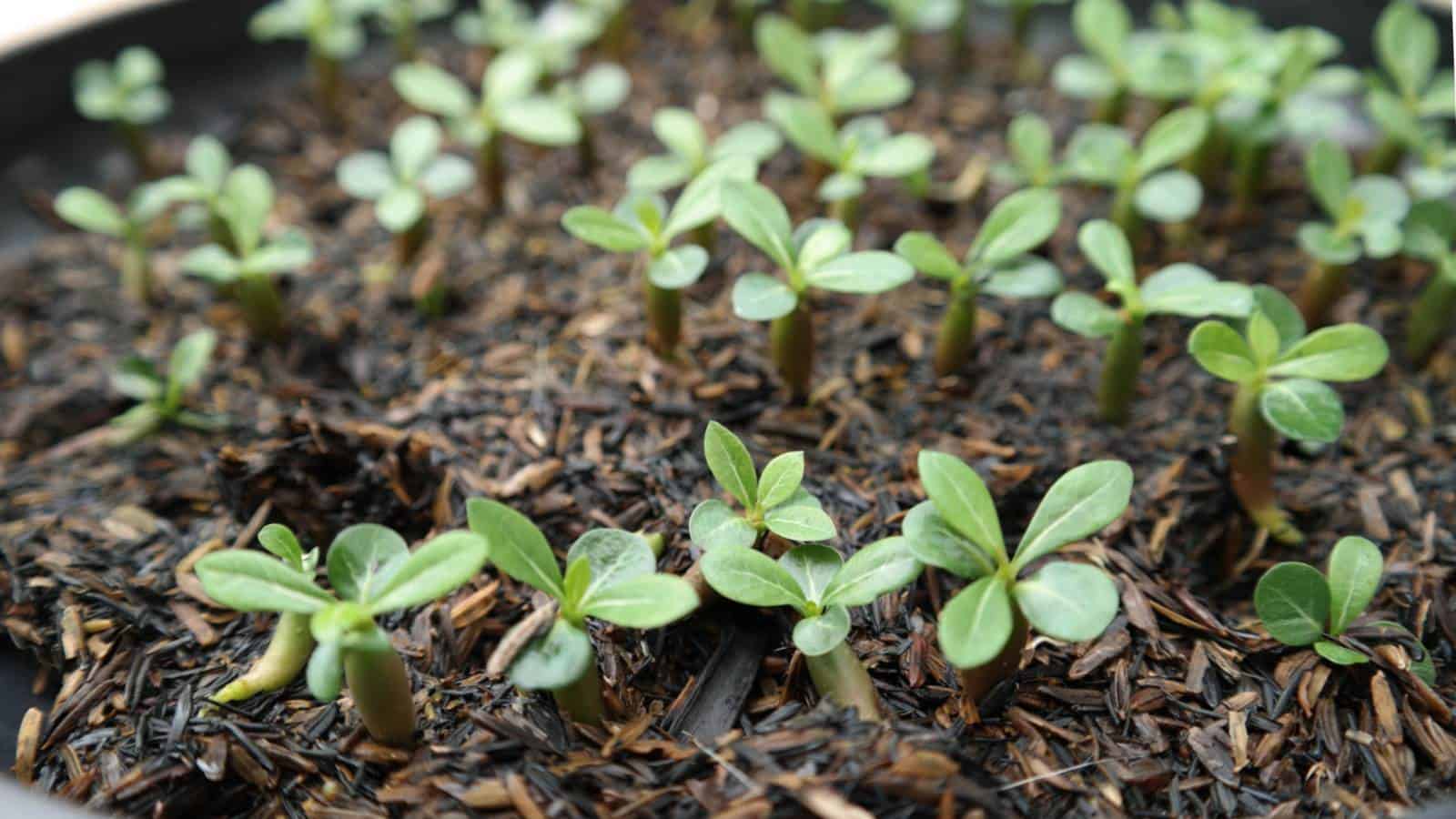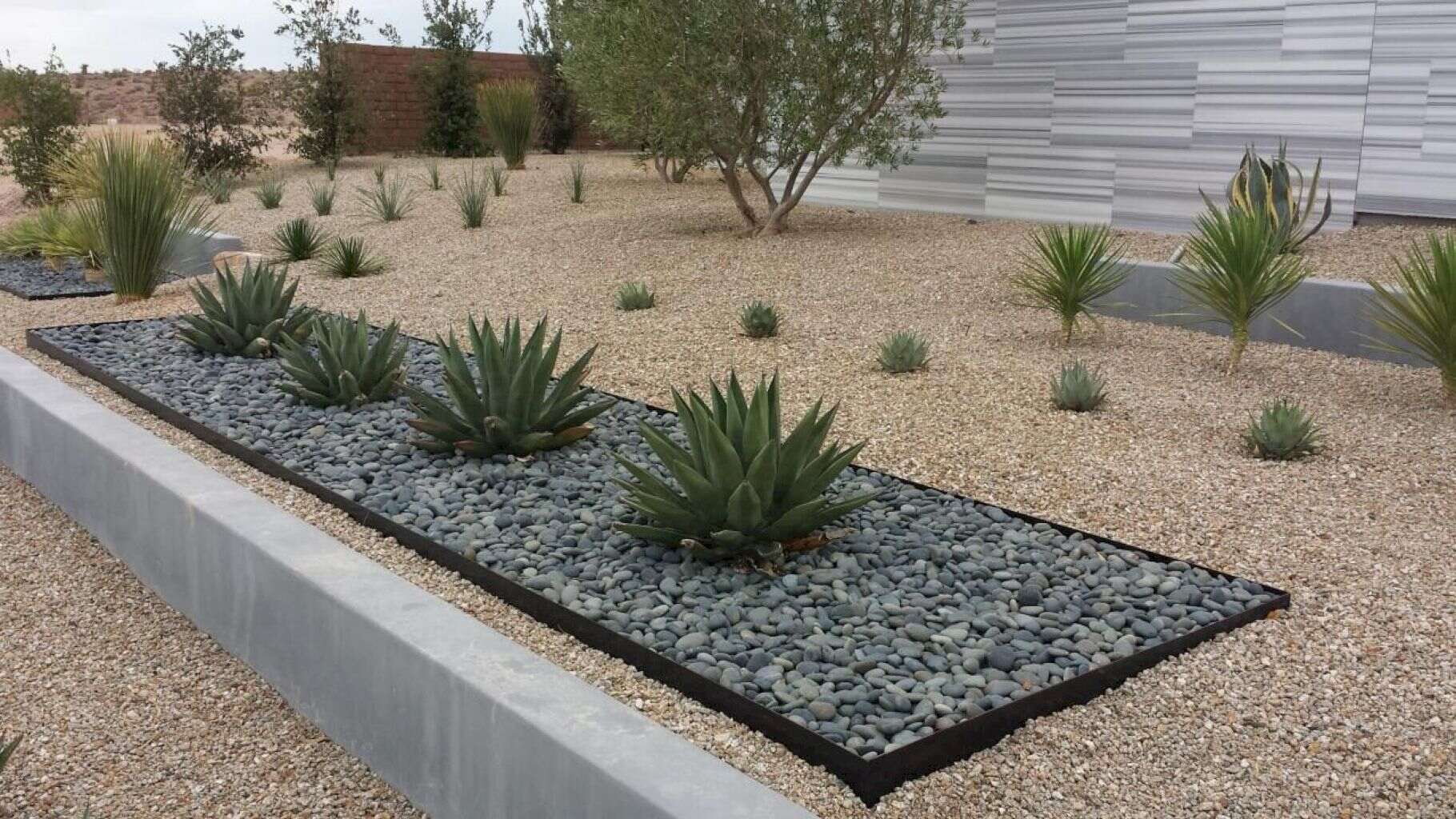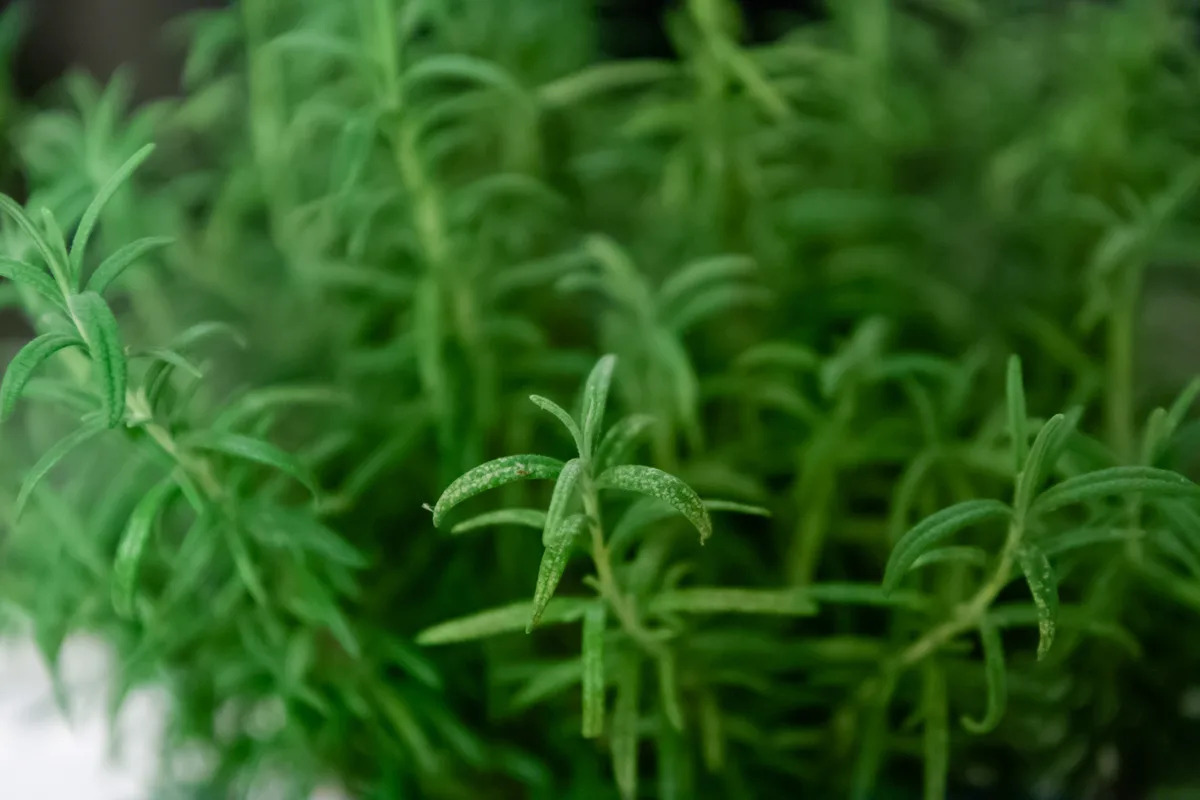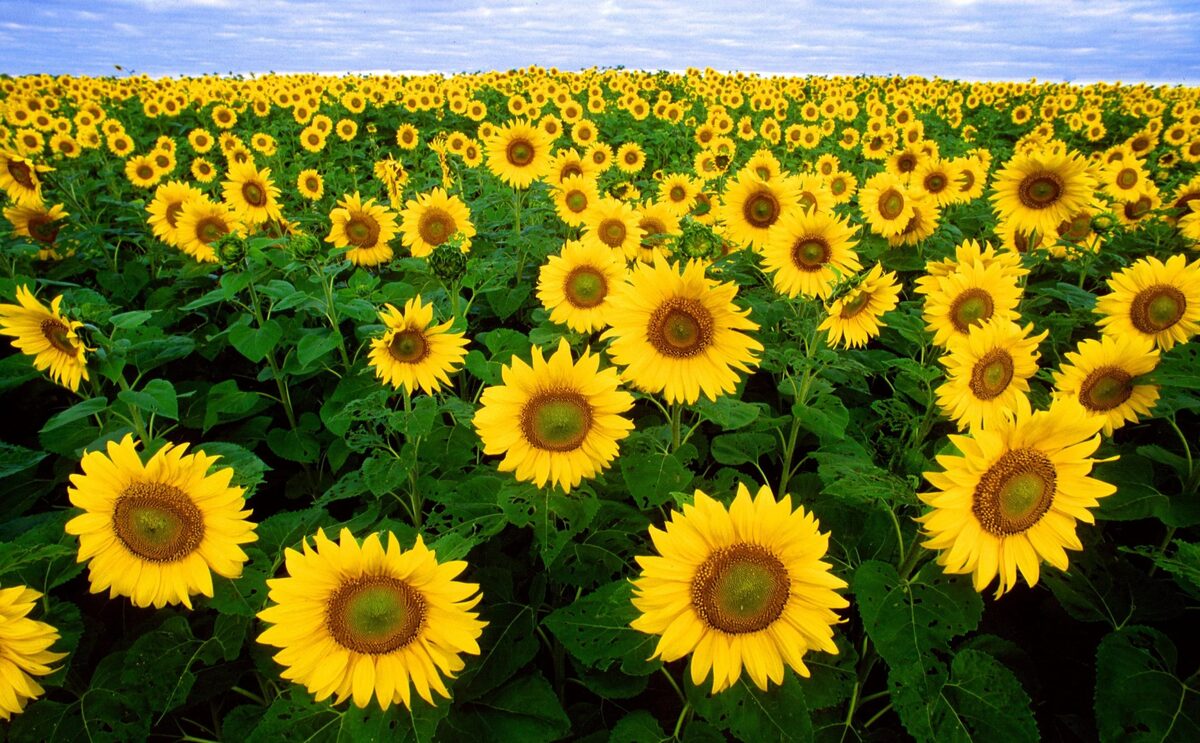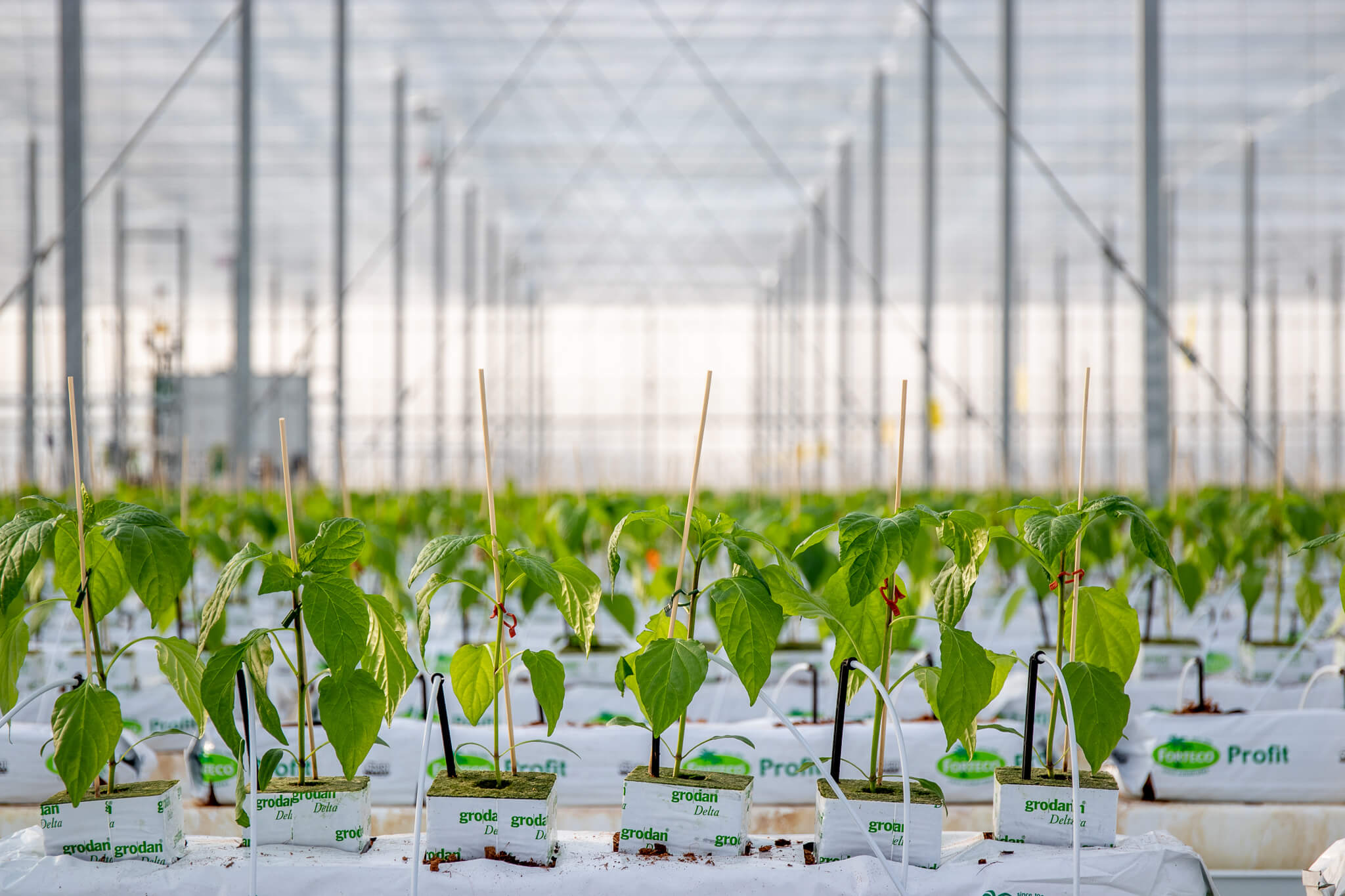Home>Gardening Basics>Why Are The Desert Plants On The West Side Of The Greenhouse?
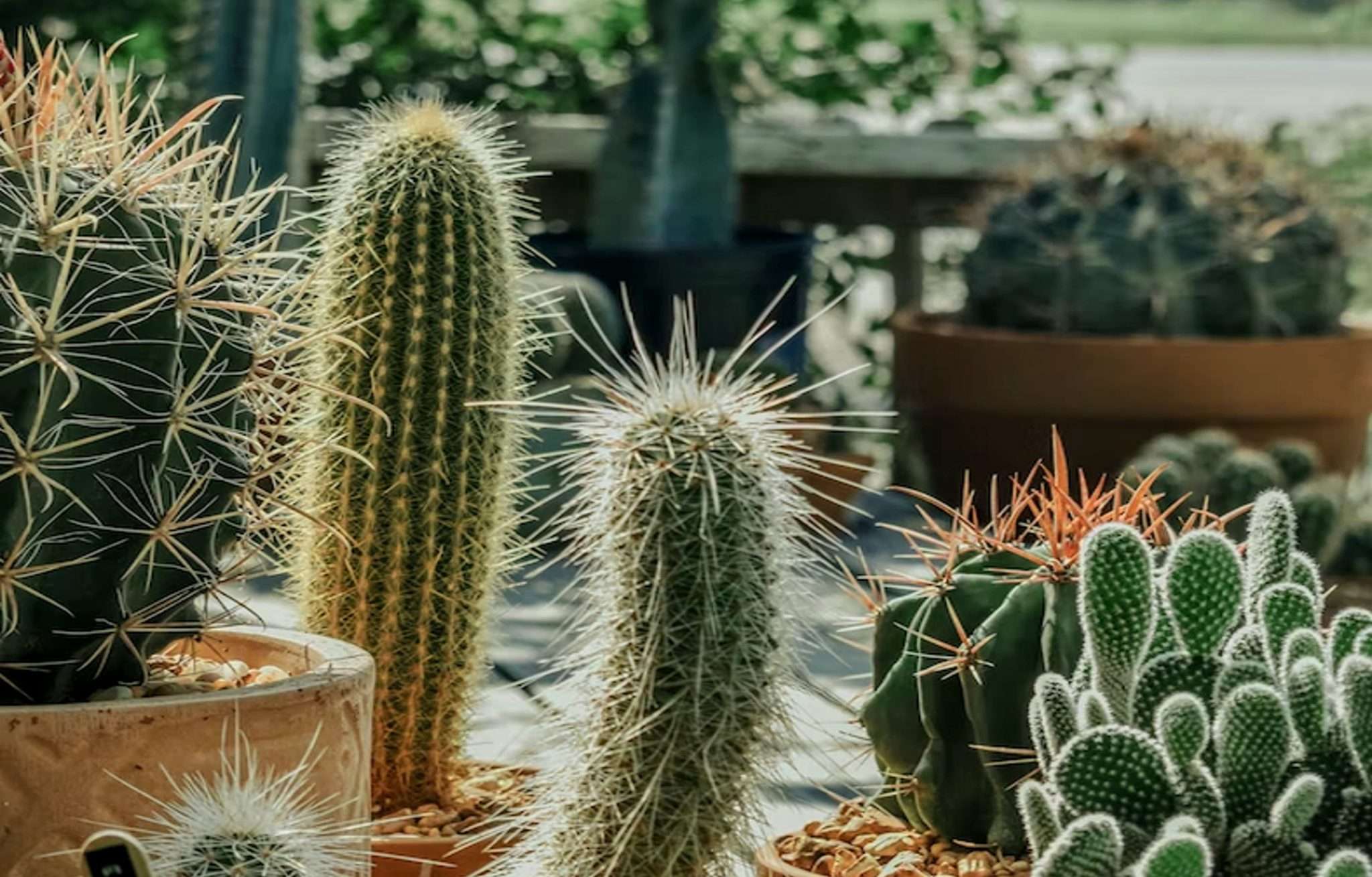

Gardening Basics
Why Are The Desert Plants On The West Side Of The Greenhouse?
Published: August 5, 2023
Discover the connection between soil composition and the strategic placement of desert plants on the west side of the greenhouse. Enhance your understanding of soil ecology and plant adaptations. Find out more here.
(Many of the links in this article redirect to a specific reviewed product. Your purchase of these products through affiliate links helps to generate commission for Chicagolandgardening.com, at no extra cost. Learn more)
Table of Contents
Introduction
Welcome to the fascinating world of desert plants! These resilient organisms have adapted to survive in some of the harshest and most arid environments on the planet. But have you ever wondered why these desert plants are often found on the west side of a greenhouse? In this article, we will explore the reasons behind this strategic placement and the benefits it offers to these unique plants.
The environment in which greenhouse plants grow plays a crucial role in their overall health and development. Greenhouses aim to create a controlled environment that mimics the ideal conditions for plant growth. This includes regulating temperature, humidity, light, and air circulation. However, not all plants have the same requirements, and certain species, like desert plants, require specific conditions to thrive.
Desert plants have evolved remarkable adaptations to conserve water, tolerate high temperatures, and withstand extended periods of drought. These plants are well-suited to the arid desert climate, where they have to combat intense heat, limited water availability, and frequent exposure to sunlight. Their unique characteristics make them an intriguing choice for greenhouse enthusiasts and botanists.
Now, you may be wondering why desert plants are typically placed on the west side of a greenhouse. Is there a scientific reason behind this arrangement, or is it simply a matter of aesthetics? The answer lies in understanding how these plants interact with light and the factors that influence their growth.
Over the course of this article, we will delve into the specific adaptations of desert plants, the reasons for their placement on the west side of a greenhouse, and the benefits they derive from this strategic positioning. Let’s embark on this journey to unravel the mysteries of desert plant placement and delve into the enchanting world of these remarkable organisms.
The Environment of the Greenhouse
Before we dive into why desert plants are placed on the west side of a greenhouse, let’s first understand the general environment within a greenhouse. Greenhouses are designed to create an optimal growing environment for plants, allowing them to flourish in controlled conditions.
One of the key factors in a greenhouse environment is temperature. Greenhouses utilize various methods to regulate and maintain temperatures suitable for plant growth. This can include heating systems, ventilation, and shading to prevent overheating. The controlled temperature helps plants thrive and ensures optimal growth and development throughout the year, regardless of external weather conditions.
In addition to temperature, another critical factor is light. Sunlight is essential for photosynthesis, the process by which plants convert light energy into chemical energy to fuel their growth. Greenhouse designers strive to maximize the amount of natural sunlight that enters the structure while minimizing potentially harmful direct sunlight.
The distribution and intensity of light within a greenhouse can vary depending on its design and orientation. East- and west-facing greenhouses receive different angles and durations of sunlight throughout the day. East-facing greenhouses receive more sunlight in the morning, while west-facing greenhouses receive more sun in the afternoon. This difference in sunlight exposure can significantly impact plant growth and development.
Furthermore, the orientation of a greenhouse can influence the distribution of shade and shadow within the structure. As the sun moves across the sky, it casts shadows that can impact the availability of light to different sides of the greenhouse. This is especially relevant when considering the placement of different plant species.
Understanding the greenhouse environment and how it impacts plant growth is crucial for effective plant placement. By carefully considering factors such as temperature, light distribution, and shadows, growers can create an ideal setting for each plant species.
Now that we have a basic understanding of the greenhouse environment, let’s explore how these factors relate to the placement of desert plants on the west side of a greenhouse.
Adaptations of Desert Plants
Desert plants have evolved a remarkable array of adaptations that allow them to thrive in the harsh conditions of arid environments. These adaptations enable them to efficiently use water, withstand extreme temperatures, and maximize their chances of survival. Understanding these unique characteristics is crucial in determining the appropriate placement of desert plants within a greenhouse setting.
One of the most prominent adaptations of desert plants is their ability to conserve water. Water is a scarce resource in desert regions, and these plants have evolved mechanisms to minimize water loss through various adaptations. Succulents, such as cacti and agaves, have fleshy stems or leaves that store water, allowing them to survive during long periods of drought. They can also close their stomata, tiny pores on their surface through which water is lost through evaporation, during the hottest parts of the day to prevent excessive water loss.
Desert plants also have specialized root systems that enable them to effectively obtain water from the arid soil. Some desert plants, like mesquite trees, have taproots that reach deep into the ground to access groundwater sources. Others, like desert wildflowers, have shallow and extensive root systems that quickly absorb rainwater when it becomes available. These adaptations allow desert plants to efficiently capture and utilize the limited water resources in their environment.
In addition to water conservation, desert plants have adapted to withstand the extreme temperatures commonly found in desert regions. Many species have developed waxy coatings on their leaves or stems, which act as a protective layer against excessive heat and reduce water loss through evaporation. Others have small or spiky leaf structures that minimize surface area exposed to the intense sun, reducing water loss and providing shade. These adaptations help the plants maintain optimal temperature and prevent damage from the scorching sun.
Furthermore, desert plants have also adapted to cope with the nutrient-poor soils typically found in desert regions. They have developed mechanisms to efficiently extract and store the necessary nutrients. Some species have specialized root structures, such as mycorrhizal associations, where they form mutually beneficial relationships with fungi that help enhance nutrient uptake. These adaptations enable desert plants to thrive in challenging soil conditions.
Understanding these unique adaptations is crucial when considering the placement of desert plants within a greenhouse. The specific needs and requirements of these plants must be taken into account to create an environment that closely mimics their native habitats. Now, let’s explore why the west side of a greenhouse is often chosen as the ideal location for desert plants.
Reasons for Placing Desert Plants on the West Side
The placement of desert plants on the west side of a greenhouse is not arbitrary but is based on various scientific reasons. These reasons relate to the specific requirements and adaptations of desert plants, as well as the environmental conditions within the greenhouse. Let’s explore some of the key reasons for this strategic placement:
- Sunlight exposure: Since the west side of a greenhouse receives more sunlight in the afternoon, it is a favorable location for plants that thrive in high light conditions. Desert plants, accustomed to intense sunlight in their native habitats, benefit from the extended sunlight exposure provided by the west side placement. This additional sunlight allows them to carry out photosynthesis effectively and promote robust growth.
- Temperature regulation: Desert plants are adapted to withstand high temperatures. Placing them on the west side takes advantage of the intense afternoon sun, which can elevate the temperature inside the greenhouse. This positioning ensures that these plants receive the optimal temperature conditions they require for their metabolic processes and growth. It also helps mimic the temperature fluctuations that these plants experience in nature.
- Shade distribution: As the sun moves across the sky, it creates shading and shadows within the greenhouse structure. Placing desert plants on the west side ensures they receive a suitable balance of sunlight and shade throughout the day. This positioning allows them to avoid prolonged exposure to direct sunlight, which could potentially damage or stress the plants. The intermittent shade helps regulate their temperature and reduces the risk of overheating.
- Aesthetics and arrangement: The placement of desert plants on the west side can also be seen as an aesthetic choice. As the afternoon sun filters through the leaves and stems of these unique plants, it creates beautiful shadows and patterns on the surrounding surfaces. This arrangement enhances the visual appeal of the greenhouse and adds a touch of natural beauty.
These reasons, combined with a comprehensive understanding of the specific needs and adaptations of desert plants, make placing them on the west side of a greenhouse a logical and beneficial choice. This strategic placement optimizes their exposure to sunlight, aids in temperature regulation, and ensures a well-rounded environment for their growth and development.
Benefits of West Side Placement for Desert Plants
The west side placement of desert plants within a greenhouse offers several notable benefits. These advantages are closely tied to the specific requirements and adaptations of desert plants, as well as the environmental conditions provided by the greenhouse. Let’s explore some of the key benefits of placing desert plants on the west side:
- Optimal sunlight exposure: Placing desert plants on the west side ensures they receive ample sunlight exposure, particularly in the afternoon when the intensity of sunlight is higher. This extended exposure allows for efficient photosynthesis, which is crucial for the plants’ energy production. As a result, desert plants can thrive and grow vigorously, producing vibrant foliage and blossoming with stunning flowers.
- Enhanced growth and development: The strategic west side placement provides desert plants with the necessary environmental conditions for their growth and development. The combination of ample sunlight, appropriate temperature, and sufficient air circulation promotes robust growth, leading to healthier and more vibrant plants. This placement mimics the natural habitat of desert plants and supports their overall well-being within the controlled environment of the greenhouse.
- Optimized temperature regulation: Desert plants have evolved to tolerate high temperatures, and placing them on the west side takes advantage of the afternoon sun’s heat. The warmth provided by the west side exposure creates favorable conditions for these plants, facilitating their physiological processes and metabolic activities. This positioning also helps mimic the diurnal temperature fluctuations that desert plants typically experience in their native habitats.
- Reduced water demand: Desert plants are adapted to arid conditions with limited water availability. Placing them on the west side can help minimize their water demand within the greenhouse. The elevated temperatures created by the afternoon sun prompt plants to close their stomata, reducing water loss through transpiration. This adaptation enables desert plants to conserve water, ensuring they can thrive even in a controlled greenhouse environment with regulated watering schedules.
- Aesthetics and visual appeal: The west side placement of desert plants also adds to the overall aesthetics of the greenhouse. The unique shapes, textures, and colors of desert plants, combined with the interplay of sunlight and shadows, create a visually stunning display. The strategic arrangement of these plants on the west side can transform the greenhouse into a captivating oasis of natural beauty, attracting attention and admiration from visitors.
The benefits of west side placement for desert plants extend beyond just their survival and growth. It ensures they receive the optimal environmental conditions necessary for their unique adaptations to thrive. By strategically positioning these plants on the west side of a greenhouse, growers can create a visually appealing and functional space where desert plants can flourish, delighting both the eye and the senses.
Conclusion
The placement of desert plants on the west side of a greenhouse is a carefully thought-out decision that takes into account the specific adaptations and requirements of these unique plants. By understanding the environment of the greenhouse and the characteristics of desert plants, growers can create an ideal setting for their growth and development.
The west side placement offers numerous benefits for desert plants. It provides ample sunlight exposure, allowing for efficient photosynthesis and promoting robust growth. The controlled temperature conditions on the west side mimic the diurnal temperature fluctuations that these plants experience in their natural habitats. Furthermore, placing desert plants on the west side minimizes water demand and conserves this precious resource, ensuring their survival even in arid environments.
Importantly, the west side placement of desert plants is not only beneficial from a functional standpoint but also adds to the aesthetics and visual appeal of the greenhouse. The unique shapes, textures, and colors of desert plants, coupled with the interplay of sunlight and shadows, create a captivating display that enhances the overall ambiance of the space.
In conclusion, the strategic placement of desert plants on the west side of a greenhouse is a testament to the art and science of cultivation. By understanding the specific needs and adaptations of these remarkable plants, growers can create an environment that closely mimics their natural habitats, allowing them to thrive and flourish. So, the next time you encounter a greenhouse with desert plants gracefully positioned on the west side, marvel at the careful consideration given to their placement, and appreciate the beauty and resilience of these incredible organisms.
